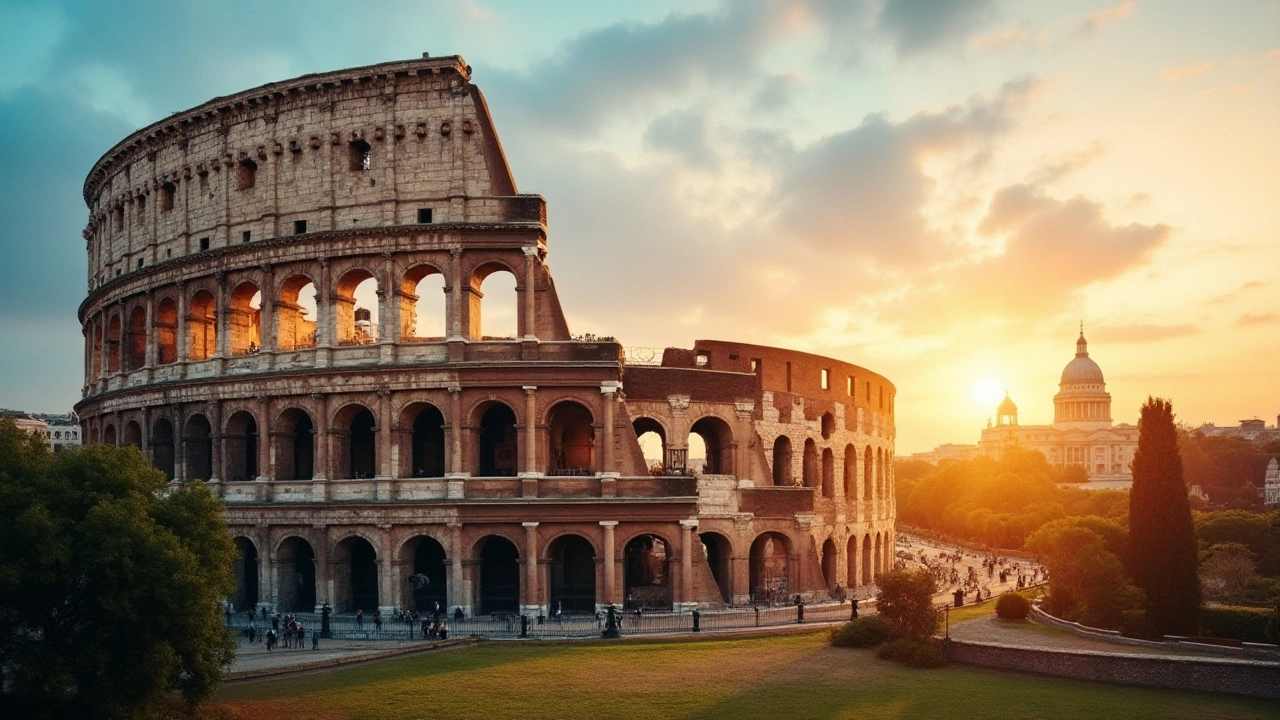Immerse yourself in the grandeur of Roman architecture as we explore its lasting influence on modern design. This article delves into the architectural innovations and construction techniques that have stood the test of time. Discover fascinating elements of Roman design such as the use of arches, vaults, and aqueducts. Learn about key structures that exemplify Roman architectural excellence and gain insights into how these ancient techniques continue to inspire today's architects. By understanding Roman architecture, one can appreciate the blend of creativity and engineering that shaped an era.
Ancient Rome: Architecture That Keeps Showing Up Today
Think modern concrete, wide roads, and big public buildings are recent inventions? A lot of them trace back to ancient Rome. Roman builders solved practical problems with clever shapes and materials, and those solutions still show up in homes, bridges, and city plans. If you want to spot Roman influence without a degree, this page gives clear signs, useful examples, and quick reads to go deeper.
Key Roman techniques you can spot today
Concrete: Romans mixed lime, volcanic ash, and small stones to make a strong, durable concrete called opus caementicium. That mix let them pour walls and domes that lasted centuries. Look for thick walls or rounded vaults in old buildings—those often hide concrete cores behind brick or stone faces.
Arches and vaults: The curved arch spreads weight evenly, so builders could make bigger openings and taller structures. Vaults (stretched arches) and domes grew from that idea. Spot roomy interiors with few columns? That’s an echo of Roman vaulting.
Aqueducts and water control: Long stone channels and gravity-fed systems moved water across miles. Modern water pipes and some bridge designs follow the same logic—slope, channel, and strong support points.
Roads and planning: Roman roads layered materials—compact base, gravel, paving stones—to drain water and survive heavy use. The idea of layered, durable streets and straight main routes still guides roadbuilding today.
Simple ways to spot Roman influence
Look for semicircular arches over doors or windows. Count the columns—if they follow Doric, Ionic, or Corinthian orders, that’s classic Roman/Greek influence. Check roofs and ceilings for coffers (recessed square patterns) inside domes—that’s a Roman trick to cut weight. Notice brick-faced walls? Romans often used brick as a visible finish over concrete.
Visit public buildings: town halls, courthouses, and museums often borrow the basilica or temple layout—big central halls, raised platforms, and columned fronts. Even modern stadiums and train stations reuse Roman ideas about crowd flow and sightlines.
Want quick reading? Start with pieces that explain Roman techniques and then follow to articles that show how those ideas reappear in later styles like Renaissance or Beaux-Arts. Our site has focused posts on Roman building methods and on how Roman design influenced later movements—good next steps if you want practical examples or photos to study.
If you’re restoring a historic building, keep Roman details in mind: preserving arches, exposing original brick patterns, or matching mortar mixes can keep the structure sound and true to its roots. For new design, borrow Roman principles—use arches for structural advantage, layer materials for durability, and design public spaces with clear circulation like Roman forums did.
Roman architecture isn’t just museum stuff. It’s a set of practical solutions that made cities work. Once you know what to look for, you’ll start noticing Roman fingerprints everywhere—from the nearest courthouse to the bridge you cross each day.
This article delves into the ingenuity and artistry of Ancient Roman architecture. It explores the principles and techniques that made Roman structures stand the test of time. Discover how the Romans innovated in their use of materials, design, and engineering to create iconic buildings and infrastructure.


